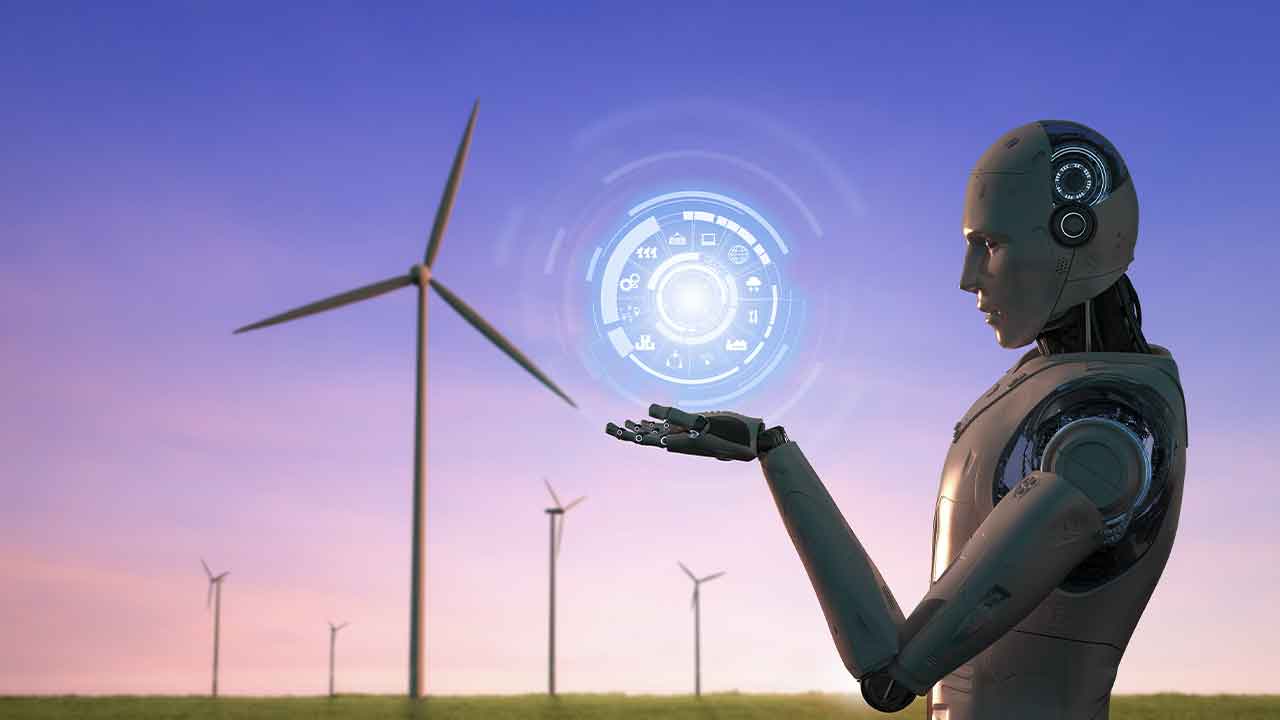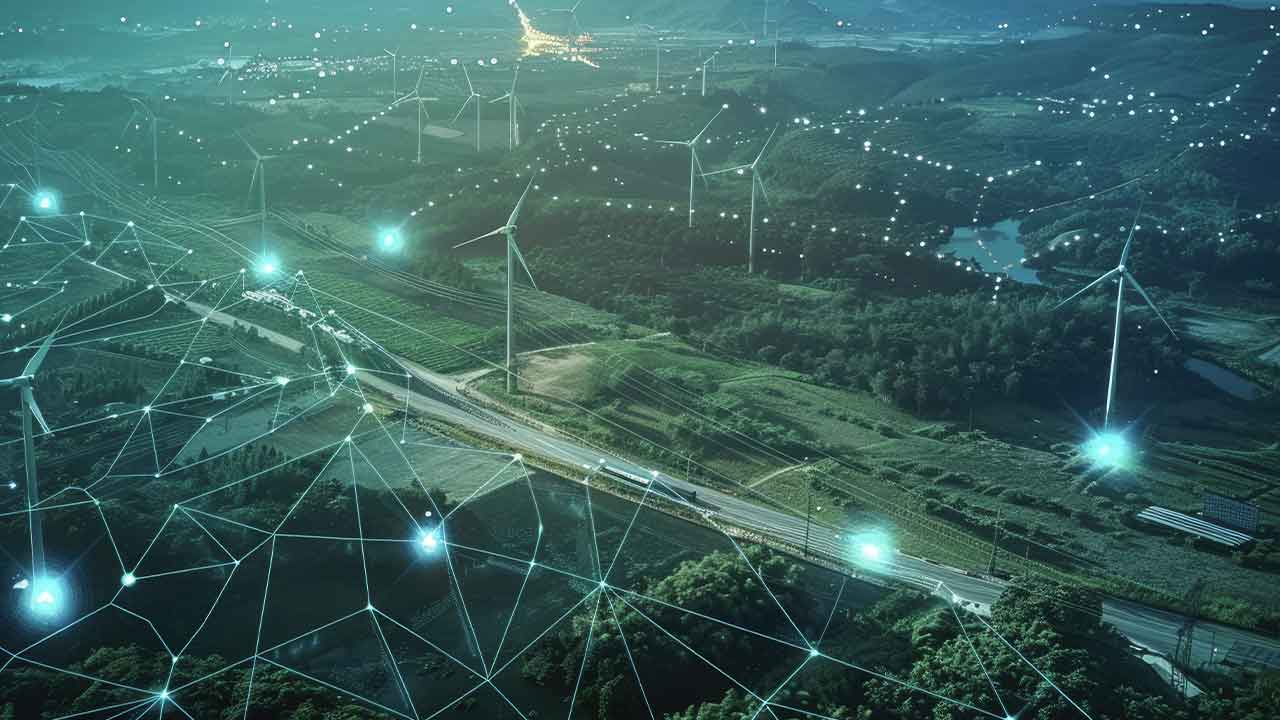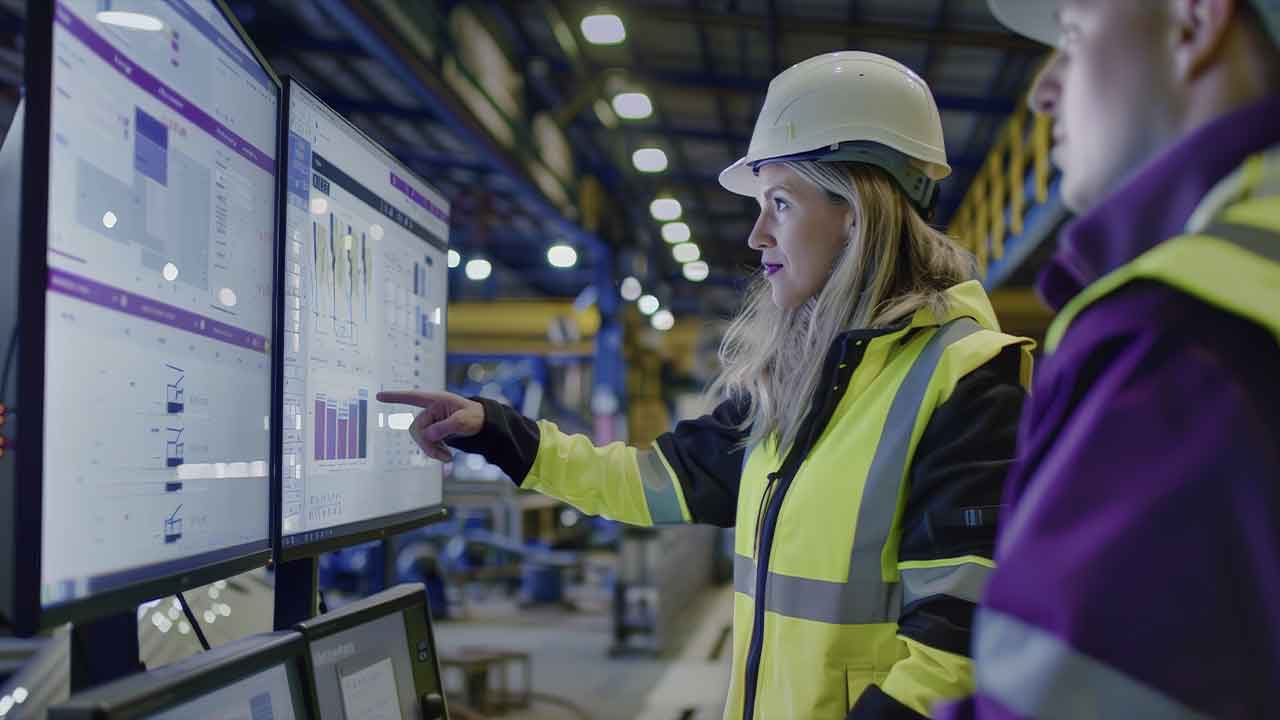The Role of IoT in Smart Grid Technology and Applications
Overview: You may have come across the term smart grid while reading about sustainable power generation and IoT. These smarter variants of electrical grids can help optimize electrical usage and reduce bills for consumers with innovative networking capabilities. This blog explains everything from their basics to their working.
With the growing power requirement across the globe, we need to find smarter solutions for generating, storing, and delivering electricity. Today, the best way to accomplish this is for governments to replace traditional power grids with smart grids.
Smart grids have many applications and can supply power to consumers using digital communication that enables the monitoring and analysis of the electrical supply. Doing so requires the use of IoT (Internet of Things) capabilities within the smart grid. Before we move on to explain why smart grids are required in the modern world, let’s go over the basics.
What is IoT?
IoT, or the Internet of Things, is a network of physical devices like how the internet is a network of computers. In an IoT network, various devices, such as your car, toaster, coffee maker, etc., can communicate and exchange data. The devices that are connected in this network are called “Things”.
On the consumer level, IoT has already had various applications that have been proven their usefulness. In the above scenario, your toaster can prepare toast at your breakfast time and tell your coffee maker to prepare coffee. They can relay this information to your car and tell it to come onto the driveway.
On a commercial level, IoT has even more applications that have been in use for decades. For instance, oil grids can monitor the pressure in real-time and receive a warning sign before anything disastrous happens.
Here are some benefits IoT is known for in the commercial sector:
Efficient Operation Management
Connecting smart devices over the workplace can offer automated control over the operation management process. The most extreme case of this has been showcased by Amazon warehouses that are able to use robots connected to a network for managing inventory. Find more about 10 Rules Behind Amazon’s Success You Can Use on Your Digital Transformation Journey.
Cost-Effective Operations
IoT helps reduce downtime periods by automatically scheduling maintenance whenever the equipment shows signs of wear. Devices that measure the volume of currently available raw materials can order more when only a certain amount is left.
Improved Work Safety
Automated scheduling maintenance of various equipment can help reduce workplace injuries and boost compliance ratings of the firm. Moreover, smart devices reduce the chances of human error in critical operations that further boost workplace safety.
Better Use of Resources and Assets
IoT can also help automate resource usage and thereby reduce the power and water consumption of a business. This is an inexpensive system which can be deployed with simple motion detection devices that detect and measure resource usage and compare it with the presence of employees.
Now that you know the fundamentals of IoT, let’s go over what a smart grid is and how it works.
What is a Smart Grid?
Smart grids are electrical grids that involve the same transmission lines, transformers, and substations as a traditional power grid. What sets them apart is that Smart Grids involve IoT devices that can communicate with each other and with the consumers.
Smart grids are designed with energy efficiency and sustainability in mind. As such, they can measure power transmission in real-time, automate management processes, reduce power cuts, and easily integrate various renewable energy sources.
Some key features of a smart grid are:
Load Handling
The load that a power grid needs to supply towards is every-changing. Smart grids can help advise consumers to change their usage patterns during times of heavy load.
Demand Response Support
Smart grids can help consumers reduce their electricity bills by advising them to use devices with a lower priority when the electrical rates are lower. This also helps in the real-time analysis of electrical usage and charges.
Decentralization of Power Generation
Smart grids help decentralize power grids since they can easily help incorporate renewable energy sources such as solar panels at an individual scale and discretion.
How Do Smart Grids Work?
You’ve already seen how smart grids can help with modern energy requirements. Let’s look at how smart grids impact the power cycle at each stage:
Generate
Smart grids can combine the power generation from various energy sources, including nuclear, coal, hydro, and solar. This allows for increased energy production at a grid level that can handle the growing need for power of a modern city. More about Smart City and Industrial IoT Applications
Distribute
Smart grids use smart transmission lines that transmit power in a specified voltage range. This allows for reduced power loss from heat generation in the power lines.
Use
Consumers can view their power usage at any time and further integrate the smart grid into their homes with smart sockets and meters. This helps make them gain control over their power consumption and make better decisions for reducing usage.
Control
People working in utility companies can expand their control with smart grids. They can view energy usage across the region and perform various preventive maintenance checks to ensure that the grid keeps running at its best.
Store
Smart grids also allow homes to store extra power in the case of a forecasted blackout. This also works for various power backup systems in modern buildings.
Why are Smart Grids Better than Traditional Grids?
While traditional grids have helped us keep up with the electrical requirements of modern life, they don’t convey any information regarding electrical usage. This is a major obstacle to sustainable power usage and can be fixed with the networking capabilities of smart grids. Here are some more reasons smart grids are better than their traditional counterparts:
Reduced Power Wastage
Smart grids can offer ways to reduce power wastage by providing consumers feedback on their electrical usage. This also helps utility companies in reducing waste, thereby evening the distribution of electricity to an area.
Less Power Outages
Smart grids can constantly analyse the production of electricity and predict when a power outage is about to occur. As such, power companies can take steps to help reduce the chances of it occurring or to address it quickly after it occurs.
No More Estimated Bills
Since smart grids measure the real-time electrical usage of each household, they can generate more accurate bills, unlike the estimated bills generated by traditional grids.
Compatibility with Smart Pricing
Smart grids are completely compatible with smart pricing strategies that reduce the rates of electricity when the demand is low. As such, grids can communicate phases of high and low demand with consumers and help them benefit from the pricing system.
Encourages Renewable Energy
Thanks to the ease of integration with renewable energy, smart grids help in encouraging users to switch to such sources as well. In most cases, the users themselves can install solar panels and get support from the smart grid with controlling usage.
What are the Components of a Smart Grid?
Smart grids generally require three types of components to function:
- Measurement and Control Devices
- Networking and Computation Devices
- IoT Applications
They use measurement and control devices such as various power sensors to measure electrical usage and supply. They relay this information to computation devices that compute the most efficient way to deliver the power to consumers. This information is conveyed to the control devices that adjust as needed.
Finally, the information is also conveyed to IoT applications that are used by consumers and grid workers via the networking devices. This process can be adjusted to allow for more or less functionality depending on the requirements of the population that depends on the smart grid for its electrical supply.
Final Thoughts about Smart Grid in IoT
As you can see, IoT and smart grids offer a new horizon in terms of power generation and delivery that can help consumers use their electricity in a more sustainable manner. Replacing traditional power grids with smarter ones will help reduce power cuts and bills while boosting awareness at the same time.
This article was written by Kamal Rupareliya, a Director of Products at Intuz, focuses on innovation through technology such as IoT, JAMStack, and Serverless Computing. He is an expert in IoT, Mobile Design, and Product Strategy, and he loves applying inventive ways to utilize technology and empathy towards creating remarkable digital software products.
FAQs about Smat Grid in IoT
How does the smart grid system benefit the environment in IoT?
The smart grid system in IoT benefits the environment by optimizing energy distribution, reducing energy waste, integrating renewable energy sources efficiently, and enabling real-time monitoring. This leads to a more sustainable and eco-friendly energy infrastructure.
What is a smart grid and its function?
A smart grid is an intelligent and digitally enhanced electricity distribution system. Its function is to improve efficiency, reliability, and sustainability by integrating advanced communication and control technologies. It enables bidirectional communication between utilities and consumers, facilitates real-time monitoring, and supports the integration of renewable energy sources.
What are the 5 components of a smart grid?
The five components of a smart grid include advanced metering infrastructure (AMI), distribution automation, demand response, energy storage systems, and smart sensors and devices. These components work together to create a responsive, efficient, and reliable electricity distribution network.
What is the objective of smart grid?
The objective of a smart grid is to modernize the electricity infrastructure by incorporating digital technologies. This includes enhancing grid reliability, enabling efficient energy use, integrating renewable energy sources, reducing environmental impact, and empowering consumers with real-time information and control.
What are the layers of smart grid?
The layers of a smart grid typically include the physical layer (hardware infrastructure), the communication layer (networks enabling data exchange), the data layer (collecting and analyzing information), the control layer (managing grid operations), and the application layer (implementing specific functions like demand response or grid optimization). These layers work in tandem to realize the functionalities of a smart grid.



